30 Paul McCartney Songs
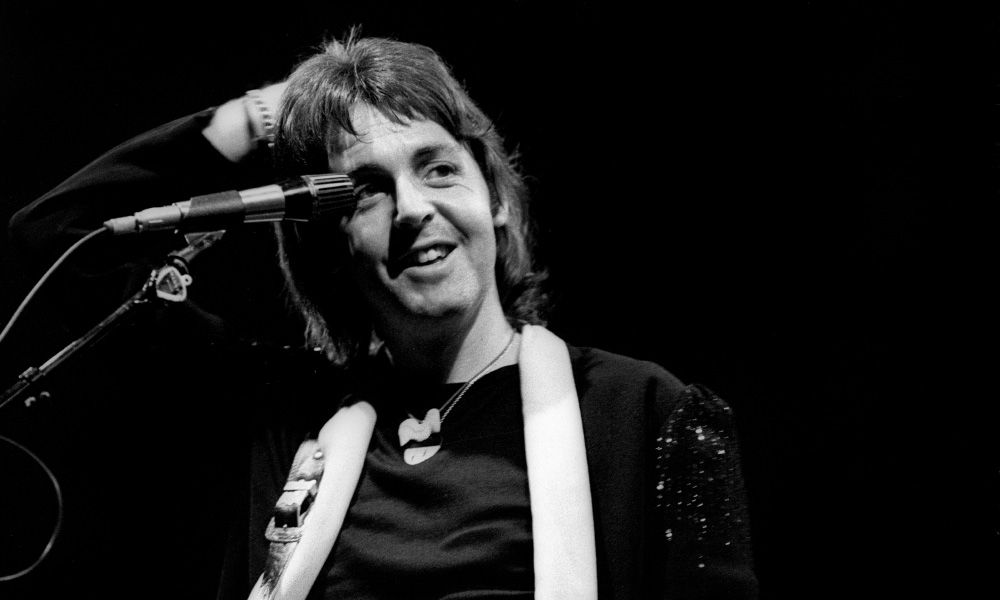

Paul McCartney has written over 1,000 songs and is undoubtedly one of the most gifted songwriters pop music has ever known. After The Beatles disbanded, he debuted as a solo artist with the 1970 album McCartney and went on to form the band Wings with his first wife, Linda, and Denny Laine. Since leaving The Beatles McCartney has released over 56 studio albums and over 100 singles. Proof of his enduring legacy is that in 2024, Beyoncé covered ‘Blackbird’ for her album Cowboy Carter bringing a classic McCartney tune to a whole new audience. Our list of Paul McCartney’s 30 greatest songs is sure to start some arguments…
All My Loving
Recorded on 30th July 1963, McCartney came up with the lyrics while shaving and was the first song he wrote the words first for. He has stated that he wrote the majority of the song while on a tour bus and then completed the song when he arrived at that evening’s gig. Though it was not released as a single in the United Kingdom or the United States, the track received considerable radio airplay, prompting EMI to issue it as the title track of an EP. McCartney originally envisioned it as a country & western song, and George Harrison added a Nashville-style guitar solo. John Lennon‘s rhythm guitar track uses quickly strummed triplets similar to “Da Doo Ron Ron” by The Crystals, a song that was popular at the time. When talking about the track in 1980, John Lennon said: “…it’s a damn good piece of work…. I play a pretty mean guitar in back.”
Another Day
Recorded in New York in December 1970, when released in February 1971, it gave McCartney his first solo hit, peaking at number five in the US and number two in the UK in March 1971. Although this was the first single of McCartney’s solo career, the song was written and previewed during The Beatles Let It Be Sessions in 1969. Released to tie-in with McCartney’s second solo album Ram, the song wasn’t included on the original pressings of the album. The lyrics describe the drudgery and sadness of an unnamed woman’s life at work and at home. “Another Day” is referenced in Lennon’s 1971 song “How Do You Sleep?” on his Imagine album where attacking McCartney, Lennon describes his new music as Muzak and, in the second verse, he sings: “The only thing you done was yesterday / And since you’ve gone you’re just another day”.
And I Love Her
Taken from The Beatles third album, A Hard Day’s Night, written mainly by McCartney, this McCartney song saw John Lennon contributing the middle eight section. The song was written in the music room in the basement of the house in Wimpole Street, London, which belonged to Jane Asher’s parents, (Paul’s girlfriend at the time), Lennon and McCartney wrote many of their mid-period songs together in the room. The Beatles performed “And I Love Her” just once outside of Abbey Road Studios; on 14 July 1964 they played it for an edition of the BBC’s Top Gear radio show.
Back In The USSR
The opening track from The White Album, McCartney wrote this while The Beatles were in Rishikesh, India, learning Transcendental Meditation. Inspired by Chuck Berry‘s ‘Back In The USA’ and with a large nudge to The Beach Boys (with the definitive Beach Boy “Oooeeeeoooo” in the background harmonies), the opening track on The White album saw The Beatles playing high energy rock n roll at their best. McCartney stated in 1968, “In my mind it’s just about a (Russian) spy who’s been in America for a long time and he’s become very American but when he gets back to the USSR he’s saying, ‘Leave it ’til tomorrow to unpack my case, Honey, disconnect the phone.’
Band On The Run
The title song from Paul McCartney & Wings’ acclaimed 1974 Band On The Run album. The song has a three-part structure that revolves around the themes of escape and liberation and tells a story about a band being confined to prison and then escaping. The single sold one million copies in 1974 in the United States, where it reached number 1, and it went to number 3 in the United Kingdom. A cover version of “Band on the Run” was recorded in 2007 by Foo Fighters and on 1 June 2008 McCartney was joined onstage by Foo Fighters lead singer Dave Grohl for a special performance in Liverpool. Grohl played guitar and sang backing vocals on “Band on the Run” and then played drums on Beatles songs “Back in the U.S.S.R.” and “I Saw Her Standing There”.
Blackbird
Inspired by J.S. Bach’s Bourrée in E minor, a well known lute piece, often played on the classical guitar. McCartney was inspired to write this while in Scotland as a reaction to racial tensions escalating in the United States in the spring of 1968. As children, McCartney and George Harrison tried to learn Bourrée as a “show off” piece. The Bourrée is distinguished by melody and bass notes played simultaneously on the upper and lower strings. McCartney adapted a segment of the Bourrée (reharmonized into the original’s relative major key of G) as the opening of “Blackbird,” and carried the musical idea throughout the song. The song was recorded on 11 June 1968 in EMI Studios, as solo performance with McCartney playing a Martin D 28 acoustic guitar. The track includes recordings of a blackbird singing in the background.
Bluebird
Originally released on the Paul McCartney and Wings’ album Band on the Run. The singer tells his lover that when he, as a bluebird, kisses her she can also become a bluebird, at which point they become absolutely free. The refrain is simply a rhythmic chart based on the phrase “I’m a Bluebird” sung by Paul McCartney with Linda and Denny Laine providing harmony. McCartney & Wings (with Joe English and Jimmy McCulloch) recorded “Bluebird” along with an apology to Japanese fans for their being unable to tour in Japan after he was denied entry into the country.
Eleanor Rigby
Released on 5th Aug 1966, on The Beatles’ classic album Revolver, McCartney said he came up with the name Eleanor from actress Eleanor Bron, who had starred with The Beatles in the film Help!. Rigby came from the name of a store in Bristol, Rigby & Evens Ltd, Wine & Spirit Shippers, that he noticed while seeing his then-girlfriend Jane Asher act in The Happiest Days Of Your Life. In the 1980s, a grave of an Eleanor Rigby was “discovered” in the graveyard of St. Peter’s Parish Church in Woolton, Liverpool, and a few yards away from that, another tombstone with the last name McKenzie scrawled across it. During their teenage years, McCartney and Lennon spent time sunbathing there, within earshot of where the two had met for the first time during a fete in 1957. Many years later McCartney stated that the strange coincidence between reality and lyric could be a product of his subconscious, rather than being a meaningless fluke.
Every Night
The song was written by McCartney while he was on holiday in Greece, and first released on his first solo album McCartney on April 17, 1970. The lyrics for the song recounted how McCartney had found solace in the domesticity he enjoyed with his wife Linda. McCartney sings and plays acoustic guitar, bass and drums on this recording. His wife Linda, is heard singing the “woo woos” during the refrain of the song, with Paul ad-libbing in the second and final chorus of the song. (“Believe me, Mama”) Paul first premiered the song during The Beatles’ Get Back/Let It Be Sessions. The group messed around with the song on 21 and 24 January 1969 (a brief run through and John Lennon on slide guitar; respectively).
The Fool On The Hill
Written at his father’s house in Liverpool, and recorded in 1967. It was included on the Magical Mystery Tour EP and album, and presented in the Magical Mystery Tour film, with a promotional film for the track shot near Nice, in France. McCartney first played the song for John Lennon during a writing session for “With a Little Help from My Friends“. The Beatles were no longer performing regular concerts when “The Fool on the Hill” was released, so they never played the song live. Paul McCartney first performed it live with Wings on their 1979 tour of the UK.
Heart Of The Country
Written by Paul and Linda the song appears as the opening track on side 2 (when first issued on vinyl), on the album Ram released in 1971. The album reached number 1 in Britain and number 2 in the US, where it spent over five months in the Top 10 and went platinum. The album has now sold over two million copies worldwide. The song has an unusually mellow sound to the acoustic guitar that was achieved by tuning all of the strings a full step lower than standard pitch. The topic is as simple as the title, a man searching for a farm in the middle of nowhere.
Here, There & Everywhere
Recorded for The Beatles 1966 album Revolver, McCartney mentioned in the 1989 radio series McCartney on McCartney that the much-praised vocals were meant to have a ‘Beach Boys’ sound and feel. In his biography Many Years From Now, McCartney said the song is one of his favourites. Beatles’ producer George Martin has also mentioned it as one of his favourite McCartney songs. John Lennon said in his 1980 Playboy interview it was “one of my favourite songs of the Beatles.”
Hey Jude
The ballad evolved from “Hey Jules”, a song widely accepted as being written to comfort John Lennon’s son, Julian, during his parents’ divorce. When Paul introduced John Lennon to his new composition, he came to “the movement you need is on your shoulder” and told Lennon “I’ll fix that bit.” Lennon asked why, and McCartney answered “…it’s a stupid expression; it sounds like a parrot.” Lennon told Paul it was the best line in the song and to leave it in. McCartney has later said “…when I play that song, that’s the line when I think of John, and sometimes I get a little emotional during that moment.” “Hey Jude” became the biggest-selling debut release for a record label ever, selling an estimated eight million copies worldwide and topping the charts in eleven countries.
I’m Looking Through You
The track which first appeared on The Beatles’ 1965 album Rubber Soul was written about actress Jane Asher, McCartney’s girlfriend for five years. “You don’t look different, but you have changed,” the lyrics declare, reflecting his dissatisfaction with their relationship. Back in the Beatles’ early days, working at Abbey Road was expensive so rather than recording the song again, any small mistakes were frequently ignored. This explains why at around 1:20 on this track, if you listen carefully you can hear Paul McCartney dropping his tambourine. The Muppets performed this on an early episode of The Muppet Show. The Halloween skit featured slightly transparent Muppet ghosts.
I’ve Just Seen A Face
Taken from The Beatles 1965 United Kingdom album Help!, The song was recorded on 14 June 1965 at Abbey Road Studios in London in the same session as “Yesterday”. Before its release, the song was briefly titled “Aunty Gin’s Theme” after his father’s youngest sister, because it was one of her favourites. It is one of very few Beatles songs that lacks a bass track. Paul has stated, “It was slightly country and western from my point of view… it was faster, though, it was a strange uptempo thing. I was quite pleased with it. The lyric works; it keeps dragging you forward, it keeps pulling you to the next line, there’s an insistent quality to it that I liked.”
Get Back
What was set to be the titular track of the band’s 1970 album Let It Be was imbued with the kind of energy and power the group had hoped to bring back to their recording sessions. The song suggests Macca was looking to America for his inspiration as this radio-ready rocker feels candidly more Americanised. ‘Get Back’ still reminds us that The Beatles fell apart while they were all on top. It’s a remarkable song that most people would see as their crowning achievement.
Junk
Written by McCartney in 1968 while The Beatles were in India with the working title “Jubilee”, the song was considered for The Beatles (White Album) and Abbey Road. It was eventually released on McCartney’s debut solo album McCartney in 1970. On his first album release, McCartney performed (and recorded) the entire album solo, playing bass, drums, acoustic guitar, lead guitar, piano, Mellotron, organ, toy xylophone, as well as all vocals. The album featuring loosely arranged (and in some cases, unfinished) home recordings, shot to number 1 in the United States for three weeks, eventually going double platinum.
Live And Let Die
One of Wings’ most successful singles, and the most successful Bond theme to that point, the track was commissioned specifically for the movie and credited to Paul McCartney and his wife Linda. It reunited McCartney with Beatles producer George Martin, who both produced the song and arranged the orchestral break. “Live and Let Die” was the first James Bond theme song to be nominated for an Academy Award for Best Original Song (garnering Paul his second Academy Award nomination and Linda her first), but lost to the theme song from The Way We Were.
Mamunia
Meaning ‘safe haven’ in Arabic, Mamunia was the name of a house in Lagos, Nigeria, the city where much of Wings’ 1973 album Band On The Run was recorded. The song was inspired by a 1973 visit Wings made to Tunisia. In the song, rain acts as a metaphor for rebirth and renewal. Band On The Run was Wings’ third album and it became their most successful album and remains the most celebrated of McCartney’s post-Beatles albums. It was 1974’s top-selling studio album in the United Kingdom and Australia, and revitalised McCartney’s critical standing.
Michelle
Released on The Beatles 1965 album Rubber Soul, the song was one of McCartney’s oldest, having been started in around 1959. He composed the tune on his first ever guitar, a Zenith, which he still owns. The middle eight section to the song was co-written with John Lennon. “Michelle” won the Grammy Award for Song of the Year in 1967, and has become one of the most famous Beatles songs in France. In 1999, BMI named “Michelle” as the 42nd most performed song of the 20th century.
Mother Nature’s Son
Released on The Beatles 1968 White Album, and inspired by a lecture on nature given by Maharishi Mahesh Yogi in India, McCartney is the only Beatle on the track where he recorded his vocals and acoustic guitar simultaneously. McCartney recorded it on 9 August 1968. He recorded 25 takes, take 24 was perceived to be the best. McCartney recorded overdubs of timpani, another guitar, and drums the next day. The drums sound more like bongos and this was achieved by putting the drums halfway down an uncarpeted corridor with the mics at a far end which resulted in a staccato sound.
The Back Seat of My Car
According to McCartney, this song and other car-based songs in his late-Beatles and early solo career, such as “Two of Us” and “Helen Wheels,” were inspired by the long road trips he and Linda used to take as the Beatles were breaking up. He played an early version of this to The Beatles in 1969. Two years later, he revived it as Ram’s grand orchestral finale. Beatles producer George Martin scored the song’s orchestral overdubs and McCartney conducted members of the New York Philharmonic in a mid-January 1971 session. McCartney stated: “That’s a really teenage song, with the stereotypical parent who doesn’t agree, and the two lovers are going to take on the world: ‘We believe that we can’t be wrong.’ I always like the underdog.”
My Love
When Wings made their live debut at Nottingham University on 9 February 1972, the song included Linda singing lines in response to McCartney’s lead vocal. The most successful track from the 1973 album Red Rose Speedway, McCartney wrote about his feelings for his wife Linda. The song which was recorded live with an orchestra at Olympic Studios, contains a guitar solo by the Irish guitarist Henry McCullough, then part of the Wings line-up. Talking about the guitar solo McCartney said: “I’d sort of written the solo, as I often did write our solos. And Henry McCullough walked up to me right before the take and said, “Hey, would it be alright if I try something else?” And I said, “Er … yeah.” It was like, “Do I believe in this guy?” And he played the solo on “My Love”, which came right out of the blue. And I just thought, Fucking great. And so there were plenty of moments like that where somebody’s skill or feeling would overtake my wishes”. “My Love” was released as a single in March 1973, reaching number 1 on the US Billboard Hot 100 and number 9 on the UK Singles Chart.
Listen to What the Man Said
It was a song for which Paul McCartney had high hopes, but early recordings did not live up to the song’s potential. McCartney said in 1975 of his initial opinion of the song, “It was one of the songs we’d gone in with high hopes for. Whenever I would play it on the piano, people would say ‘Oh, I like that one.’ But when we did the backing track, we thought we didn’t really get it together at all.” “Listen to What the Man Said” was recorded in early 1975 by Wings during their New Orleans sessions for Venus and Mars. McCartney said of Tom Scott’s impact on the track, “Someone said ‘Tom Scott lives near here.’ We said, yeah, give him a ring, see if he turns up, and he turned up within half an hour! There he was, with his sax, and he sat down in the studio playing through. The engineer was recording it. We kept all the notes he was playing casually. He came in and I said ‘I think that’s it.’ He said ‘Did you record that?’ I said yes, and we listened to it back. No one could believe it, so he went out and tried a few more, but they weren’t as good. He’d had all the feel on this early take, the first take.”
Picasso’s Last Words
On vacation in Montego Bay, Jamaica, McCartney met Dustin Hoffman and Steve McQueen who were filming Papillon on the island. After a dinner with Hoffman, with McCartney playing around on guitar, Hoffmann didn’t believe that McCartney could write a song “about anything”, so Hoffman pulled out a magazine where they saw the story of the death of Pablo Picasso and his famous last words, “Drink to me, drink to my health. You know I can’t drink anymore.” Paul created wrote the song and lyrics on the spot. While recording Band on the Run in Lagos, Nigeria, Wings were invited to former Cream drummer Ginger Baker‘s ARC Studios in the nearby suburb of Ikeja. While Baker insisted to Paul that they should record the entire album there, he was reluctant and agreed he would spend one day there. “Picasso’s Last Words” was recorded during that time and Baker contributed by playing a tin can full of gravel.
She’s Leaving Home
Released on Sgt. Pepper’s Lonely Hearts Club Band, the song was written after reading a story in the newspaper about a young girl who’d left home and not been found, McCartney wrote and sang the verse and Lennon the chorus. This was one of a handful of songs of the Beatles in which the members did not play any instruments. The day before McCartney wanted to work on the string arrangement, he learned that George Martin was not available to do the score. He contacted Mike Leander, who did it in Martin’s place. It was the first time a Beatles song was not arranged by Martin.
We Can Work It Out
Released as a “double A-sided” single in December 1965 with “Day Tripper”, the first time both sides of a single were so designated in an initial release. Both songs were recorded during the Rubber Soul sessions. McCartney wrote the words and music to the verses and the chorus, with Lennon contributing to the middle section. ”We Can Work It Out” was the last of six number-one singles in a row on the American charts, a record at the time. It was preceded by “I Feel Fine”, “Eight Days a Week”, “Ticket to Ride”, “Help!”, and “Yesterday”. Deep Purple covered “We Can Work It Out” on their 1968 album The Book of Taliesyn. The band drastically reworked it, as they always did with covers. In 1970, Stevie Wonder covered the song on his album Signed, Sealed & Delivered, and released it as a single in 1971. Wonder’s version earned him his fifth Grammy Award nomination in 1972.
When I’m 64
One of the first songs McCartney wrote, when he was 16, and released in 1967 on Sgt. Pepper’s Lonely Hearts Club Band. The Beatles used it in the early days as a song they could play when the amplifiers broke down or the electricity went off. In 1967, John Lennon said of the song, “Paul wrote it in the Cavern days. We just stuck a few more words on it like ‘grandchildren on your knee’ and ‘Vera, Chuck and Dave’ … this was just one that was quite a hit with us.” The song was recorded on 6 December 1966, during one of the first sessions for the as-yet-unnamed album that became Sgt. Pepper’s Lonely Hearts Club Band.
With A Little Help From My Friends
Written by Lennon and McCartney, released on Sgt. Pepper’s Lonely Hearts Club Band in 1967. The song was written for and sung by Ringo Starr, as the character “Billy Shears”. It was briefly called “Bad Finger Boogie” (later the inspiration for the band name Badfinger), supposedly because Lennon composed the melody on a piano using his middle finger after having hurt his forefinger. The Beatles started recording the song the day before they posed for the Sgt. Pepper album cover (29 March 1967).
Yesterday
One of the most covered songs in the history of recorded music, Yesterday was recorded by The Beatles for their 1965 album Help!. According to biographers, McCartney composed the entire melody in a dream one night and upon waking, he hurried to a piano and played the tune to avoid forgetting it. McCartney’s initial concern was that he had subconsciously plagiarised someone else’s work and for about a month went round to people in the music business and asked them whether they had ever heard it before. Ostensibly simple, featuring only McCartney playing an Epiphone Texan steel-string acoustic guitar and backed by a string quartet in one of the Beatles’ first use of session musicians.
Bonus video: In August 1974, Paul McCartney and Wings headed to Abbey Road Studios for the filming of a video documentary and possible live studio album – ‘One Hand Clapping’.


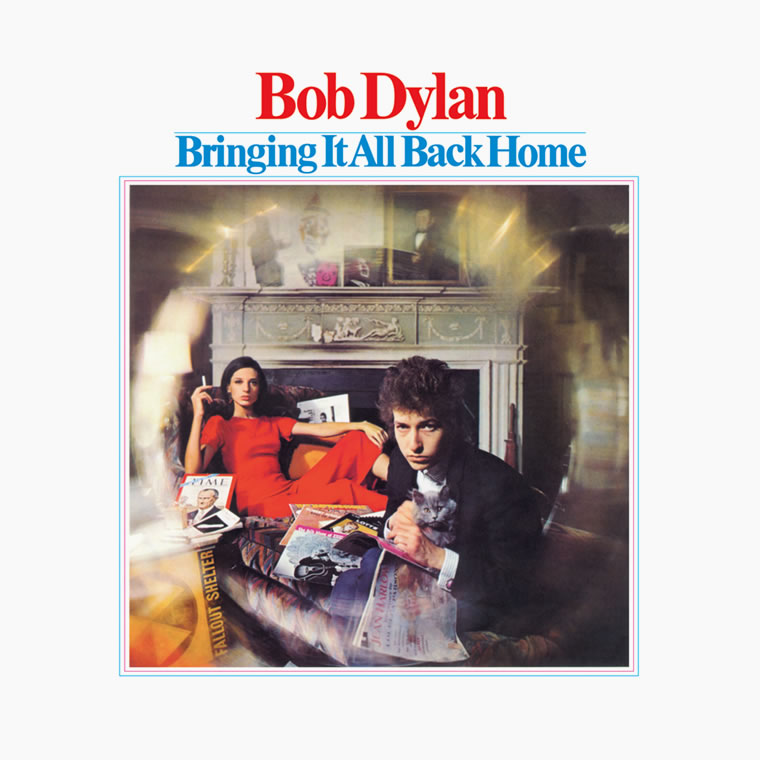
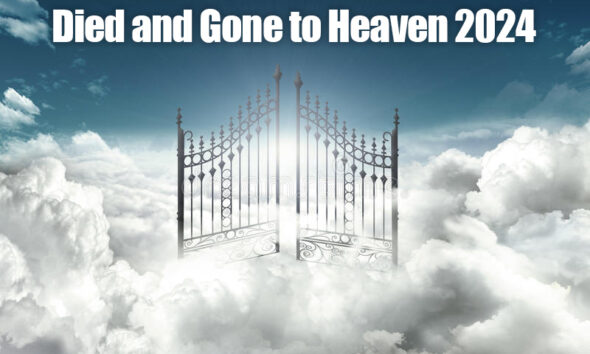
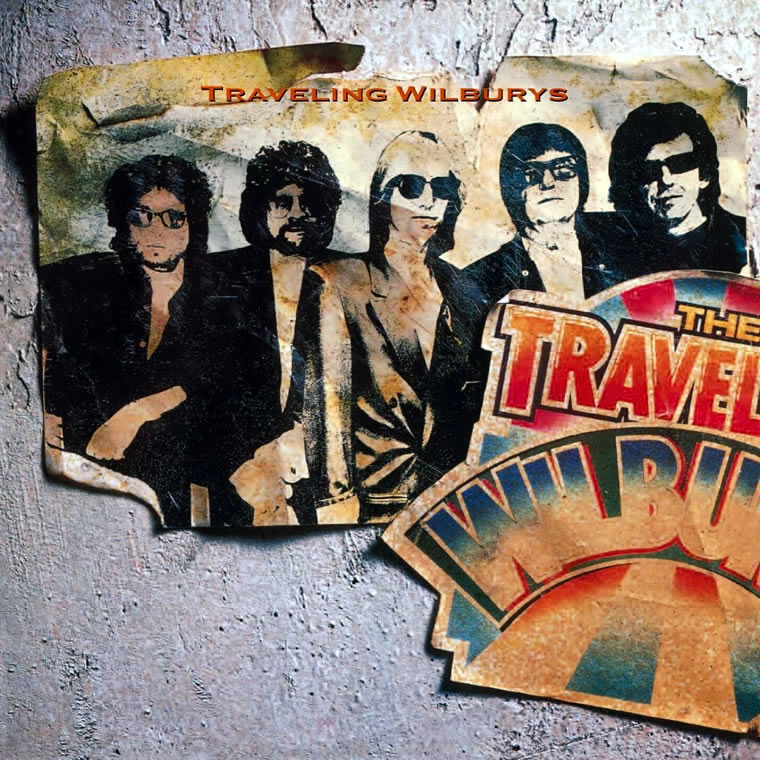
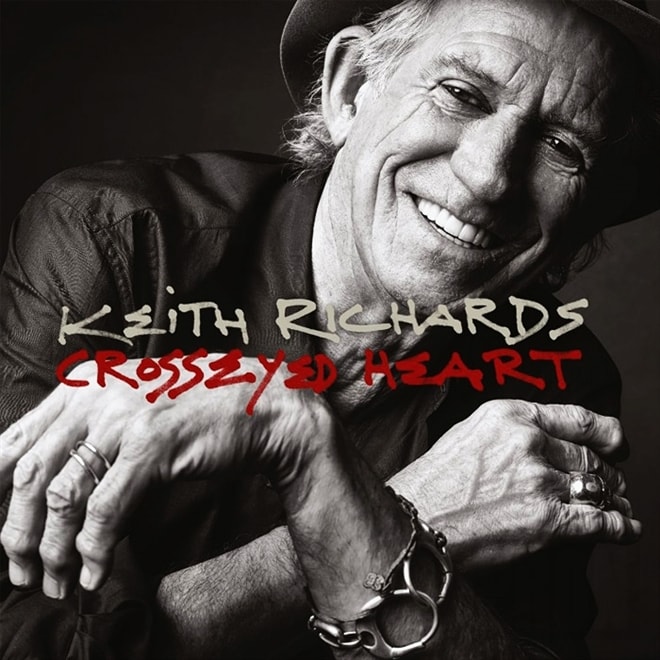
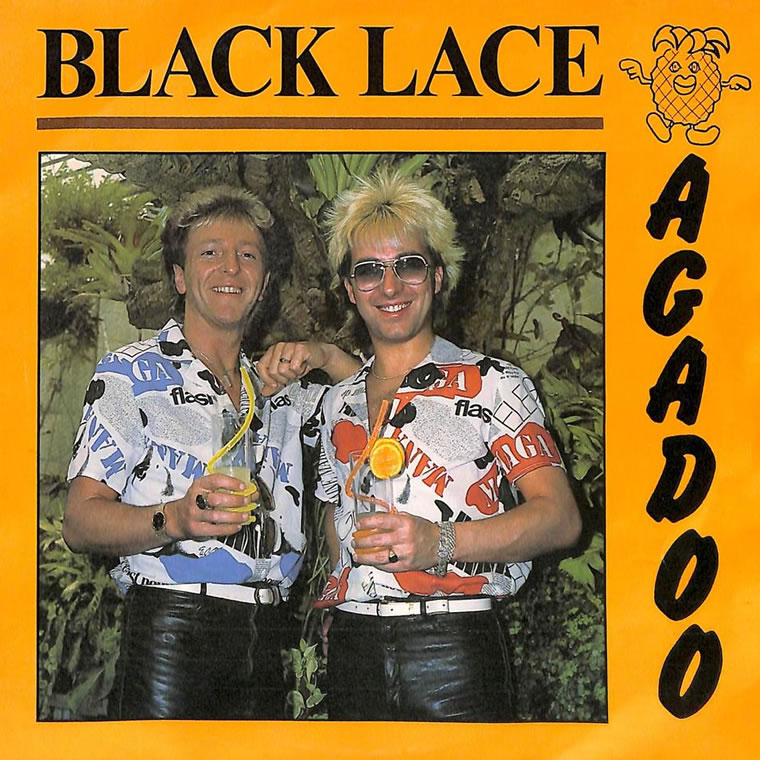
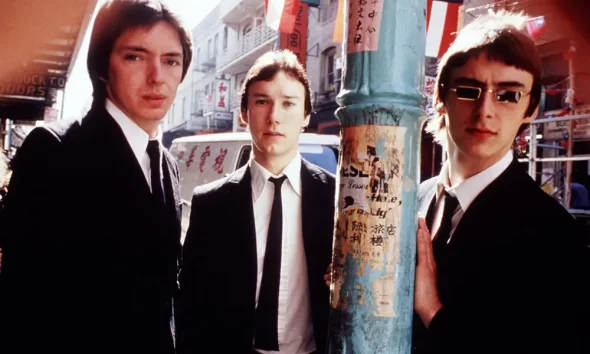


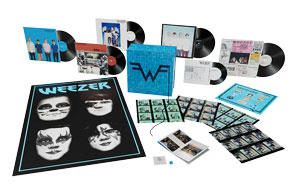
Michael Hockinson
June 18, 2019 at 1:28 pm
This list is a little too Beatles heavy. The writer wasn’t very adventurous in exploring Macca’s solo work. Where’s “Maybe I’m Amazed”? No “Here Today”?
Neil Cossar
August 20, 2019 at 1:08 pm
Good point, so many songs to choose from!
RecordSteve
August 28, 2019 at 6:22 pm
Ditto!
Dale Nichols
September 28, 2019 at 2:15 am
What about oh! Darling?
Neil Cossar
June 19, 2024 at 9:58 pm
Too many great songs! We couldn’t fit them all in.